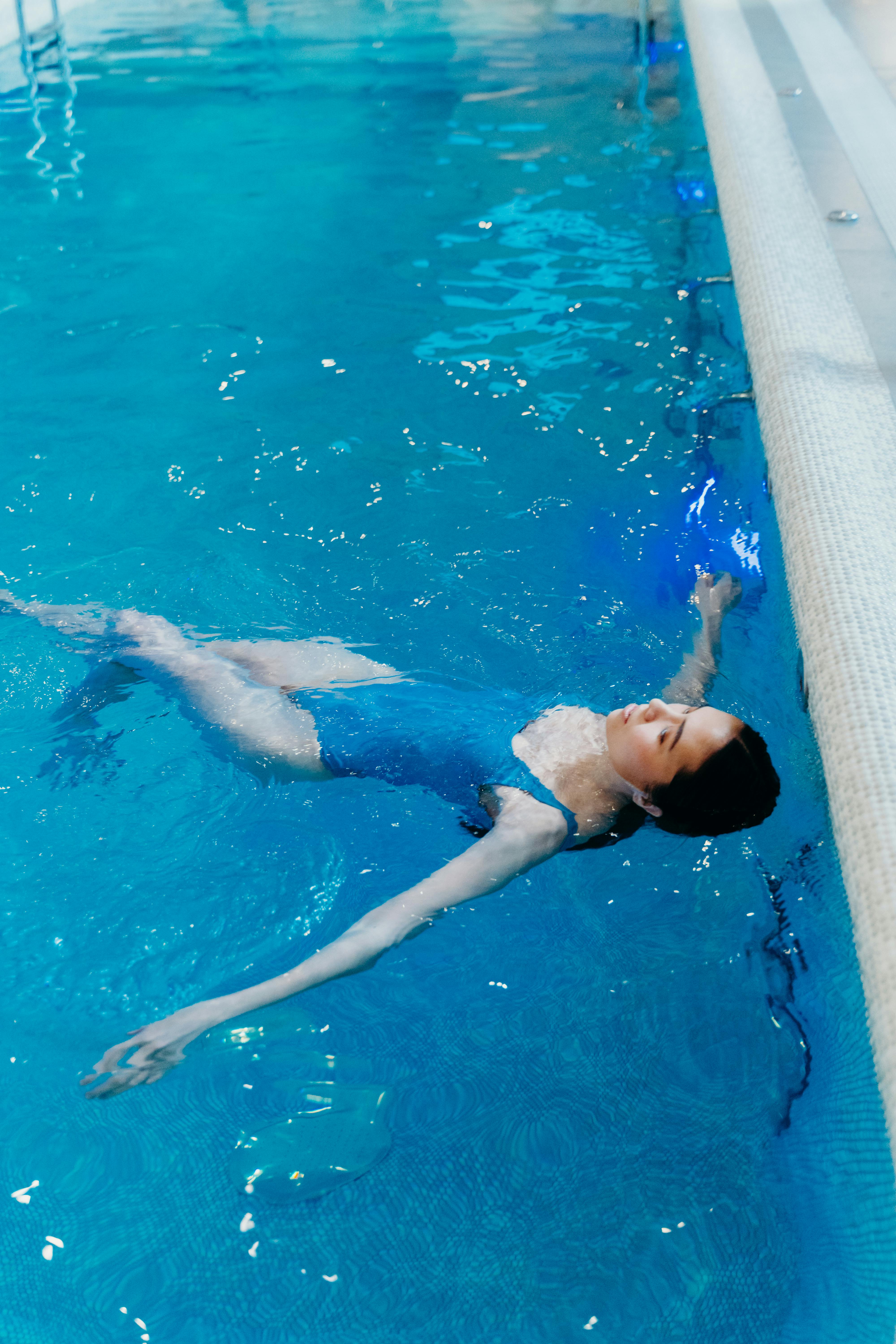Breaking Down the Butterfly Stroke: An In-Depth Look at Swimming's Most Graceful Technique
Swimming, a sport that combines the primal instinct of survival with the finesse of human ingenuity, has evolved considerably over centuries. Of all the techniques, the butterfly stroke stands out as a spectacle of power, rhythm, and beauty. This article aims to dive deep into the intricacies of this swimming style, providing a detailed background, current trends, and expert analysis.

The butterfly stroke is more than just a swimming technique—it’s an art form. It’s that seemingly effortless glide over the water, the rhythmic undulation of the body, the powerful whip of the legs, and the symmetrical pull of the arms that create a spectacle to behold.
The Genesis of the Butterfly Stroke
The butterfly stroke’s origins are as fluid and evolving as the technique itself. It’s a derivative of the breaststroke, born out of a quest for speed and efficiency. In the 1930s, athletes started experimenting with bringing their arms over their heads rather than pushing them straight forward underwater. This change was initially deemed illegal, but the competitive edge it offered eventually led to its acceptance and subsequent evolution into the butterfly stroke we know today.
The Science Behind the Stroke
The butterfly stroke is a complex sequence of coordinated movements. It involves a symmetrical arm movement, a dolphin kick, and a unique body undulation, all of which require exceptional strength and stamina. The science behind the stroke highlights the importance of core strength and flexibility, particularly in the lower back and abdominal muscles, essential for the body’s wave-like motion.
Current Trends and Innovations
In terms of current trends, there is a growing focus on improving the efficiency of the butterfly stroke. Techniques such as the ‘short axis undulation’, which minimizes the vertical movement of the body, and the ‘two kicks per arm cycle’ method, which optimizes propulsion, are gaining popularity. Swimmers and coaches are also leveraging technology like underwater cameras and motion sensors to analyze and improve stroke technique.
Training for the Butterfly: The Benefits and Challenges
Training for the butterfly stroke offers both physical and mental benefits. It develops upper body strength, enhances cardiovascular fitness, and improves swimming speed and efficiency. However, the butterfly stroke is also one of the most physically demanding swimming styles, requiring a high level of endurance and technical skill. It’s a challenging journey, but the satisfaction of mastering this beautiful stroke is a reward in itself.
Butterfly in the Real World: A Look at the Champions
The butterfly stroke has been graced by many champions, each leaving their unique mark. From Michael Phelps, with his incredible 16-stroke 50m split, to Mary T. Meagher, whose records stood for nearly two decades, these athletes embody the excellence attainable in this graceful yet challenging stroke.
In conclusion, the butterfly stroke is a testament to human athleticism’s beauty and complexity. It combines strength, agility, timing, and rhythm in a spectacle that is as captivating to watch as it is challenging to perform. Whether you’re an aspiring swimmer or a seasoned athlete, understanding the butterfly stroke’s intricacies offers valuable insights into this fascinating sport.




